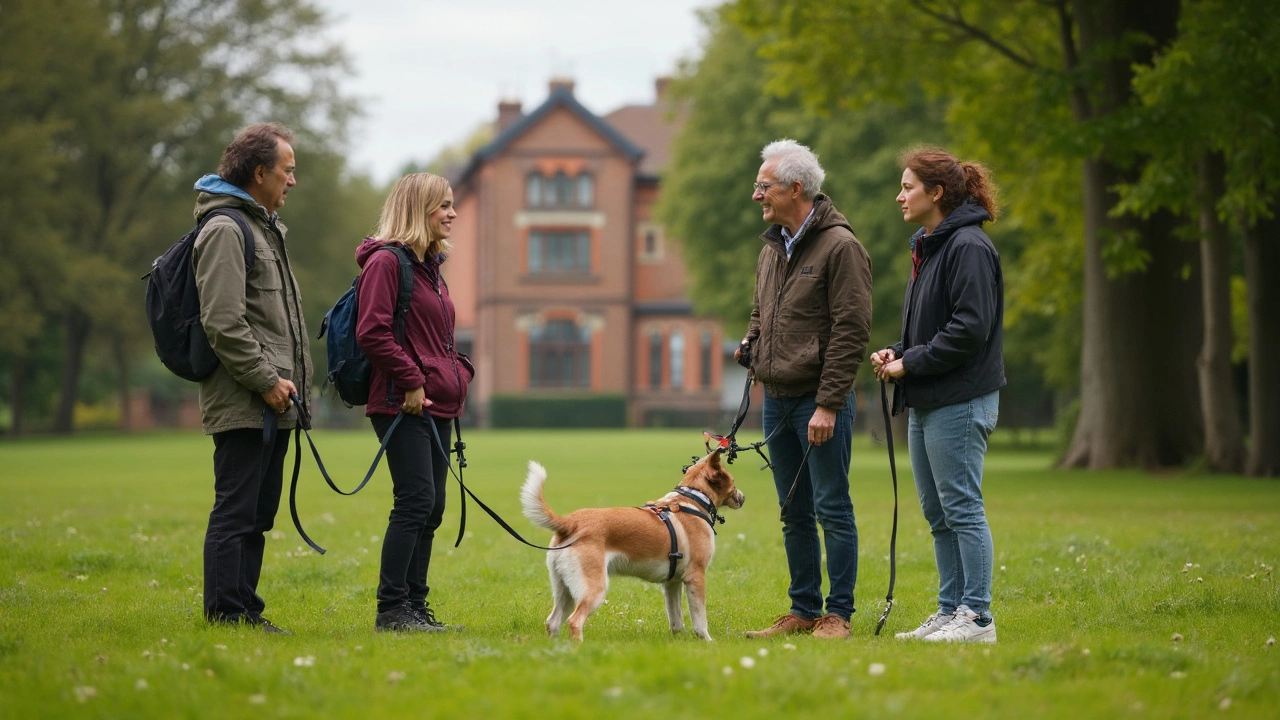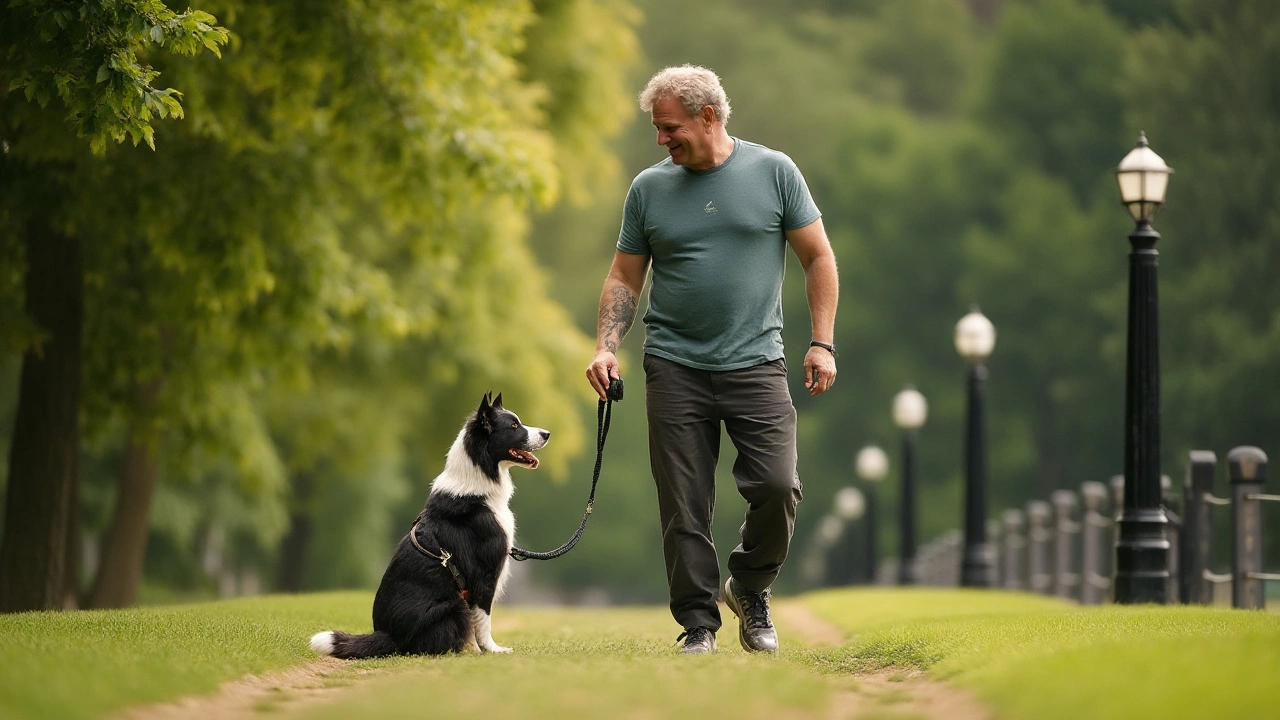Prong Collars – The Truth Behind This Controversial Training Tool
If you’ve ever searched for "prong collars" you probably saw a mix of angry opinions and curious questions. Let’s cut through the noise and explain what a prong collar actually is, why some trainers still recommend it, and what safer options you have today.
How a Prong Collar Works
A prong collar is a metal chain with evenly spaced metal spikes (or "prongs") that sit around a dog’s neck. When the leash is pulled, the chain tightens and the prongs press into the skin, creating a sharp, but brief, pressure point. The idea is that the dog learns to stop pulling because the uncomfortable feeling is immediate.
Unlike a flat choke chain, the pressure is distributed across several points instead of a single spot. Supporters claim this spreads the force and reduces the chance of choking. In reality, the pressure can still cause bruising, broken skin, or even damage to the trachea if used incorrectly.
When (If Ever) a Prong Collar Might Be Considered
Most reputable trainers say a prong collar should be a last‑resort tool, only for dogs with serious, persistent pulling that hasn’t responded to positive‑reinforcement methods after months of consistent work. Even then, it should be fitted by a professional who can adjust the tension correctly – tight enough to give feedback, but loose enough to avoid choking.
If you’re thinking about buying one, ask yourself: Do you have the time and patience to teach loose‑leash walking with treats and praise? Do you have access to a certified trainer who can supervise the fitting? If the answer is no, a prong collar is probably the wrong choice.
Safer, More Effective Alternatives
Today there are plenty of humane options that work just as well, often with better long‑term results. A front‑clip harness redirects the dog’s momentum when they pull, turning the tug into a gentle turn toward you. A martingale collar offers gentle control without the choking risk, especially for dogs with narrow heads.
Positive‑reinforcement tools, like treat‑filled chew toys or clicker training, teach the dog what you want instead of punishing what you don’t. Consistent, short training sessions (5‑10 minutes) keep the dog focused and make learning fun.
Even a basic “stop‑and‑stay” command, practiced daily, can replace the need for any pressure‑based collar. The key is consistency – the dog learns that calm walking earns rewards, while pulling gets no reaction.
What to Do If You Already Own a Prong Collar
First, stop using it as a daily tool. Keep it in a safe place and only bring it to a professional if you think it might be needed for a very specific scenario (e.g., a one‑time controlled walk in a high‑traffic area). Then, start a positive‑reinforcement program: use a comfortable front‑clip harness, reward loose leash walking, and gradually increase distractions.
If you notice any redness, swelling, or hair loss on your dog’s neck, stop using the collar immediately and consult your vet. Healing can take a few weeks, and in some cases you may need a topical treatment.
Remember, the goal of any training gear is to help you and your dog communicate better, not to cause pain. By choosing humane tools and focusing on rewarding good behavior, you’ll build trust and get a well‑behaved companion without the risk of injury.
So before you click “add to cart,” think about the long‑term relationship you want with your dog. Most owners find that a well‑fitted harness and a pocket full of treats beat a prong collar any day.

Prong Collars: Why Do So Many Dog Owners Hate Them?
Prong collars spark heated debates among dog owners and trainers. Some see them as useful training tools, while others call them harmful and outdated. This article looks at why prong collars are so controversial, what science and trainers say, and what alternatives exist. You'll get honest facts and tips to help you decide what's best for your dog. Expect real talk and actionable info.
View more
Cesar Millan's Take on Prong Collars: A Comprehensive Insight
Explore Cesar Millan's perspective on the use of prong collars in dog training. Learn about the benefits, controversies, and alternative methods for managing canine behavior. Gain insightful tips for safe and effective use of training tools, and understand the importance of maintaining a balanced approach to training your furry companion.
View more